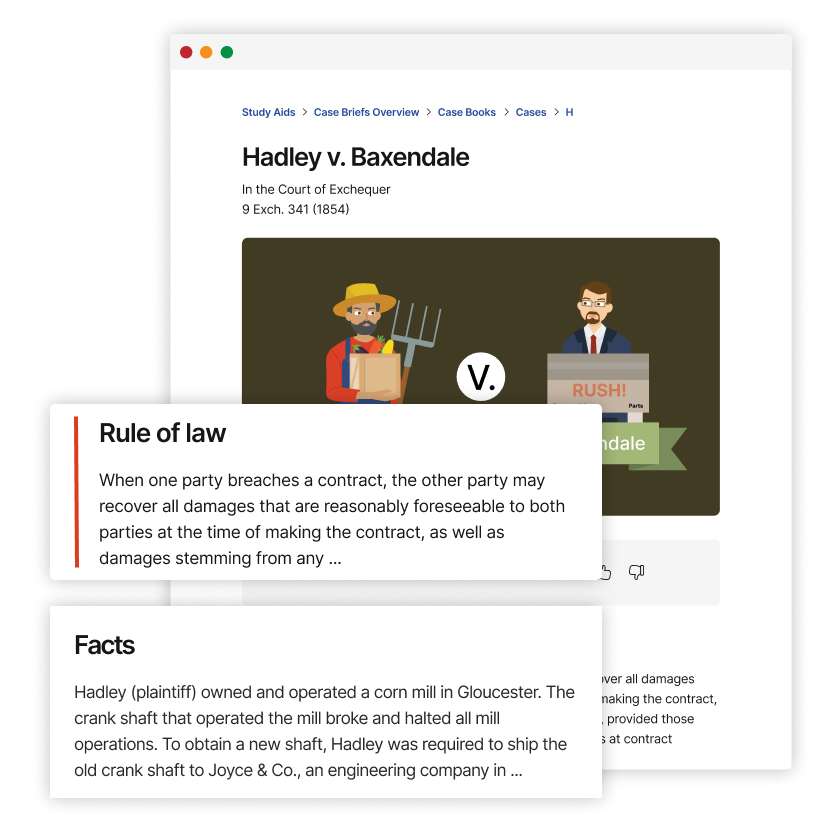Defenders of Wildlife v. Bureau of Ocean Energy Management
United States District Court for the Southern District of Alabama
871 F. Supp. 2d 1312 (2012)
- Written by Robert Cane, JD
Facts
The United States Congress enacted the Outer Continental Shelf Lands Act (outer-continental-shelf act) to regulate the leasing and operation of offshore oil-and-gas development. The outer-continental-shelf act provided for four distinct statutory stages for development of an offshore oil well to be overseen by the United States Department of the Interior (Interior). The four stages were: (1) formulation of a five-year leasing plan, (2) lease sales, (3) exploration by the lessees, and (4) development and production. In 2007, the secretary of the Interior proposed a five-year program for oil-and-gas leasing pursuant to the outer-continental-shelf act. The Interior prepared a final environmental-impact statement in 2007 and a final supplemental environmental-impact statement in 2009 for the five-year plan. The Interior’s Bureau of Ocean Energy Management (bureau) (defendant) had authority to sell offshore oil-and-gas leases pursuant to the five-year plan. The bureau accepted a number of bids between March 31, 2010, and June 11, 2010. However, on April 20, 2010, a mobile offshore drilling unit, Deepwater Horizon, exploded in the Gulf of Mexico. Oil gushed from the well that Deepwater Horizon had been drilling into the ocean. Millions of barrels of oil flowed from the wellhead before it was capped after about three months. Notably, the explosion occurred during Deepwater Horizon’s fourth stage of the offshore-well-development process, i.e., development and production. Subsequently, the Defenders of Wildlife (plaintiff) filed suit, seeking a judicial declaration that all bids accepted and approved after the date of the Deepwater Horizon disaster violated the National Environmental Policy Act (NEPA) and that the corresponding leases must be vacated because the bureau had not prepared a supplemental environmental-impact statement that considered the new information learned from the Deepwater Horizon disaster.
Rule of Law
Issue
Holding and Reasoning (Steele, C.J.)
What to do next…
Here's why 899,000 law students have relied on our case briefs:
- Written by law professors and practitioners, not other law students. 47,000 briefs, keyed to 994 casebooks. Top-notch customer support.
- The right amount of information, includes the facts, issues, rule of law, holding and reasoning, and any concurrences and dissents.
- Access in your classes, works on your mobile and tablet. Massive library of related video lessons and high quality multiple-choice questions.
- Easy to use, uniform format for every case brief. Written in plain English, not in legalese. Our briefs summarize and simplify; they don’t just repeat the court’s language.




